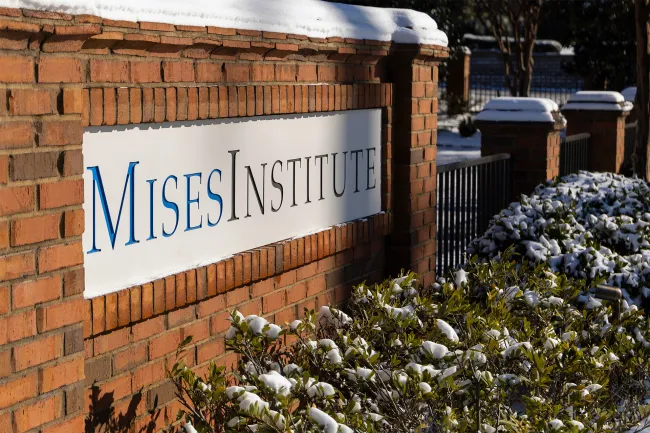The Market For Liberty
No man or group of men — including any group of men calling themselves "the government" — is morally entitled to initiate the use of physical force, the threat of force, or any substitute for force against any other man or group of men. The USA is moving increasingly away from a free-market economy and toward fascist totalitarianism.







